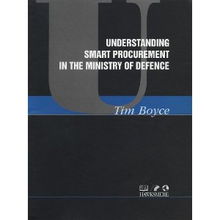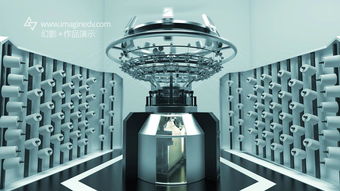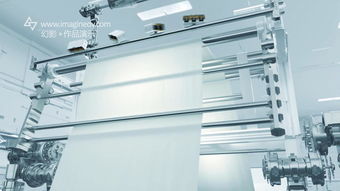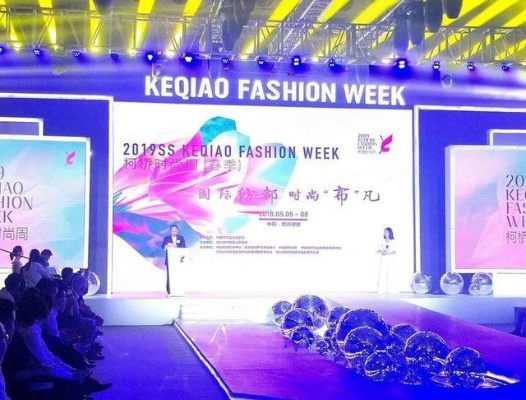Understanding the Smart Textile Market:A Comprehensive Analysis
This paper provides a comprehensive analysis of the smart textile market, examining its growth trajectory and future prospects. The study highlights the increasing demand for sustainable and eco-friendly materials in the fashion industry, as well as the growing interest in wearable technology. Smart textiles, which incorporate sensors, actuators, and microcontrollers, offer unique benefits such as improved comfort, health monitoring, and energy efficiency. The market is segmented into different categories, including activewear, sportswear, and home textiles, each with its own set of challenges and opportunities. The paper also discusses the technological advancements driving the growth of the smart textile market, including improvements in sensor accuracy, connectivity, and data processing capabilities. Finally, it explores the potential applications of smart textiles in various industries, highlighting their role in enhancing sustainability, safety, and convenience. Overall, the paper underscores the importance of understanding the dynamics of the smart textile market to stay ahead of the curve and capitalize on its potential growth opportunities.
Introduction: The smart textile market is rapidly evolving, with technology playing a crucial role in shaping consumer preferences and driving innovation. In this era of personalized experiences and sustainability, the integration of smart fabrics into everyday wear has become a trendsetter, offering consumers comfort, functionality, and style all at once. This article aims to provide an insightful overview of the current state of the smart textile market, including its key players, market size, growth trends, and future prospects. Additionally, we will explore how smart textiles are positioned in different markets, highlighting some successful cases that demonstrate the potential of this industry.
Market Size and Growth Trends: According to a recent report by Grand View Research, the global smart textile market is expected to reach $15.4 billion by 2025, growing at a compound annual growth rate (CAGR) of 13.8% from 2020 to 2025. The market's expansion is driven by the increasing demand for sustainable and eco-friendly products, as well as the growing acceptance of smart clothing among consumers. Moreover, advancements in materials science, electronics, and software engineering have enabled the development of more sophisticated textiles capable of sensing environmental conditions, monitoring health, and communicating with other devices.

Key Players and Market Share: The smart textile market is dominated by a few leading companies, including Technavio, Garmin, Honeywell, and NEC. These companies are investing heavily in research and development, aiming to develop new technologies and products that meet the demands of the market. For instance, Technavio's Smart Wearables segment accounts for over half of the global smart textile market, with Garmin leading the way in wearable technology.
Market Positioning: Smart textiles are positioned in various markets, each with its unique characteristics and target audience. Here's a breakdown of how they are positioned:
-
Healthcare: Smart textiles are being used in healthcare settings to monitor patients' vital signs, track their movement patterns, and alert medical professionals in case of emergency situations. For example, the use of smart underwear worn by athletes can provide real-time data on heart rate, blood pressure, and other metrics, helping coaches and trainers to better understand their performance and identify potential issues.
-
Fitness and Sports: Smart textiles are also popular in fitness and sportswear, where they offer convenience and customization to athletes and enthusiasts. For instance, smart shirts can be customized to fit specific body measurements or provide feedback on exercise intensity and recovery time.
-
Fashion: Smart textiles are transforming the fashion industry by offering consumers personalized styles and enhancing their experience with clothing. From smart jackets that adjust temperature based on the user's preference to smart dresses that communicate mood changes through color and pattern, these garments are redefining what it means to dress for success.
-
Home and Living: Smart textiles are also gaining traction in the home and living space, offering users enhanced comfort and convenience. For example, smart curtains can automatically adjust the amount of light entering a room based on occupancy, while smart carpets can detect foot traffic and alert users when someone enters or leaves a room.
Case Study: One of the most successful examples of smart textiles in the fashion industry is the Nike FuelBand. This wristband-based fitness tracker not only measures heart rate, calories burned, and sleep quality but also provides users with personalized workout recommendations based on their activity level and goals. By integrating with smartphones and other devices, Nike FuelBand offers a seamless experience that encourages users to stay active and motivated.
Conclusion: In conclusion, the smart textile market is poised to continue its rapid growth trajectory, driven by the demand for sustainable and eco-friendly products, as well as the increasing acceptance of smart clothing among consumers. As companies like Technavio, Garmin, and others continue to invest in research and development, we can expect to see even more innovative and personalized solutions emerge in the future. As consumers increasingly seek out smart and stylish options, the smart textile market is set to become a major player in the global economy, offering endless possibilities for innovation and growth.
随着科技的飞速发展,智能纺织品已成为现代纺织行业的新趋势,智能纺织品市场定位旨在明确目标市场、产品特点及竞争优势,为企业在激烈的市场竞争中确立方向,本文将围绕智能纺织品市场定位展开讨论,并提供相关案例分析。
市场定位

市场目标
智能纺织品市场定位主要面向中高端消费群体,包括注重舒适度、时尚感及功能性需求的消费者,这些消费者对产品的品质、性能、设计等方面有着较高的要求,愿意为高品质的智能纺织品支付更高的价格。
产品特点
智能纺织品具有以下特点:
(1)智能化:具备感知、识别、控制等功能,能够满足用户个性化需求。
(2)环保可持续:采用环保材料,符合现代消费者对环保的关注。
(3)多功能性:具备多种功能,如防静电、抗菌、抗过敏等,满足不同领域的需求。
竞争优势
智能纺织品市场具有以下竞争优势:
(1)技术创新:采用先进的技术手段,提升产品的性能和功能。
(2)品牌影响力:拥有知名品牌,提升产品附加值。

(3)市场需求:随着人们对舒适度、时尚感和健康生活的追求,智能纺织品市场需求不断增长。
案例分析
以某知名智能纺织品品牌为例,其市场定位及产品特点如下:
市场定位案例分析
该品牌以中高端消费群体为目标市场,主打舒适度、时尚感和功能性需求,其产品采用高品质材料,注重人体工程学设计,能够满足不同消费者的个性化需求,该品牌还注重环保可持续性,采用环保材料和绿色生产方式,符合现代消费者的环保需求。
产品特点案例分析
该品牌推出的智能纺织品具有以下特点:
(1)智能化:具备感知、识别、控制等功能,能够实时监测用户的身体状况和运动状态,提供个性化的舒适体验。
(2)环保可持续性:采用可降解材料和绿色生产方式,符合现代消费者的环保需求,该品牌还注重产品的可持续性发展,采用环保包装和回收利用方式,降低对环境的影响。
智能纺织品市场定位旨在明确目标市场、产品特点及竞争优势,为企业在激烈的市场竞争中确立方向,在市场上,智能纺织品应注重产品的智能化、环保可持续性和多功能性等特点,以满足中高端消费群体的需求,品牌应注重产品的技术创新和品牌影响力,提升产品附加值和市场竞争力,通过案例分析可以看出,某知名智能纺织品品牌在市场上取得了良好的业绩和口碑,成为消费者信赖的品牌之一。
Articles related to the knowledge points of this article:
The Transformative Power of Textiles in Modern Society
Leather-Soaked Luxury:A Deep Dive into the World of Yecheng Textiles



